One of the great recurring James Bond tropes is to make it look as though 007 has actually been killed before the film’s title credits. You Only Live Twice, From Russia with Love and Skyfall all begin with Bond in a position where his demise seems inevitable. Of course, he always turns up alive. (Quite what the rest of the film would consist of if he didn’t is anyone’s guess: perhaps Moneypenny dealing with probate or M arranging one of those ghastly direct cremations.) Now, however, we may have reached a danger from which even Bond cannot wriggle out.
Amazon, the company responsible for one of the biggest flops in TV adaptation history — the Middle-earth prequel series The Rings of Power — has paid more than $1 billion to take “creative control” of the Bond franchise. This is a bit like the White Star Line sending a telegram to the bottom of the Atlantic to ask Captain Smith if he’d like a second crack at the old ocean-liner gig. Still, this needn’t be the end of the Bond we have known and loved. If Amazon can, as its founder Jeffrey Bezos insists, learn from its mistakes, and really try to understand what fans long for, our man may yet live to die another day.
The first and most important lesson: don’t hire people who fundamentally hate the source material. This is essential to all decent adaptations. Peter Jackson’s passion for Tolkien’s world and lore shines through in every scene of the Lord of the Rings trilogy. Recent Bond adaptors have shown no such affection. Cary Fukunaga, the director of Daniel Craig’s execrable final outing, No Time to Die, described Sean Connery’s 007 as “basically a rapist.” Craig made no secret of being there under duress, saying in 2015 that he’d “rather slash [his] wrists” than reprise the role. As the YouTube reviewer the Critical Drinker put it: “Jesus Christ, dude, you must be the only man on the planet who doesn’t want to be Bond.”
To my mind, any new Bond film should also return to traditional self-contained storylines rather than seeking continuity between installments. With standalone plots, the occasional dud outing can do only so much damage. One reason why later Craig films never lived up to the triumph of his debut, Casino Royale, is that each new installment was dealing with the detritus of the last one: Quantum of Solace picks up where Casino Royale left off and the film’s plot (such as it is) doesn’t get going until halfway through. My theory for the Hamlet-level bloodbath of beloved characters by the end of No Time to Die (the film not only kills off Bond but also his great ally Felix Leiter and his archenemy Ernst Stavro Blofeld) is that this was the only way to reconcile all the unresolved plot strands.
The series also became tediously self-referential — endless hamfisted explanations for Bond’s continuing relevance, with everything a metaphor for Britain in decline (yawn). Skyfall even took a potshot at fan-favorite GoldenEye. “Is this it?” says Bond, bemoaning his pared-back gadgetry. “What did you expect?” replies Ben Whishaw’s Q. “An exploding pen?” (Well yes, actually!) The Craig era wanted you to take it incredibly seriously. Spectre smugly named its heroine Madeleine Swann after two Proust references. Nowadays, Bond girls probably can’t be called Ivana Humpalot, but there must surely be some compromise between this and the sanctimonious Bond of recent years. A return to fun, camp enjoyment and a sense of humor will be vital. Perhaps even — God forbid — the occasional bit of shagging. Many modern Hollywood instincts should also be ignored. Thanks to the glut of superhero films, actors are expected to be unfeasibly jacked. Sean Connery was a professional bodybuilder before he played 007, yet he’d barely be considered muscular by today’s film standards. We don’t need Bond looking like he’s one steroid injection away from his heart exploding, especially when fine dining is such a staple of the Fleming books. I yearn for a Bond who looks like he might occasionally have enjoyed a proper lunch rather than a diet of protein shakes.
Finally, the films should return to tracing actual geopolitics. In the past, the East-West struggle grounded Bond in political reality, even if the film indulged in campery. The thawing relationship between Bond and KGB boss General Gogol in the Moore/ Dalton era mirrored détente and the fall of the Iron Curtain. Dr. Kananga of Live and Let Die bears a striking resemblance to Papa Doc Duvalier; License to Kill’s drug lord Franz Sanchez to Pablo Escobar. Media mogul Elliot Carver from Tomorrow Never Dies was based on Robert Maxwell. Even Die Another Day takes place in North Korea.
Recent films have dispensed with such specifics in favor of vaguely defined hacker groups or rogue agents from Bond’s past. Villains tend to be nebulous figures of unspecified nationality, presumably to avoid offending the sensibilities (and wallets) of “international audiences.” As geopolitics became deliberately vague, identity politics took its place. Consider the fleeting reference to Q’s sexuality in No Time to Die; he is outed in a throwaway line, enough to burnish the progressive credentials of the writers’ room while remaining sufficiently brief to be easily edited out for screenings in China and the Middle East.
It ought to be a no-brainer to find a place for Bond in the current geopolitical melange. If you can’t have Russian baddies now, when can you? Equally, we don’t have to imagine a shadowy communist superstate that seeks to undermine the West. It exists and is called the People’s Republic of China. However, given changes across the Atlantic and the nationality of the people most likely to ruin Bond this time around, perhaps his next foe will be an American.
This article was originally published in The Spectator’s April 2025 World edition.










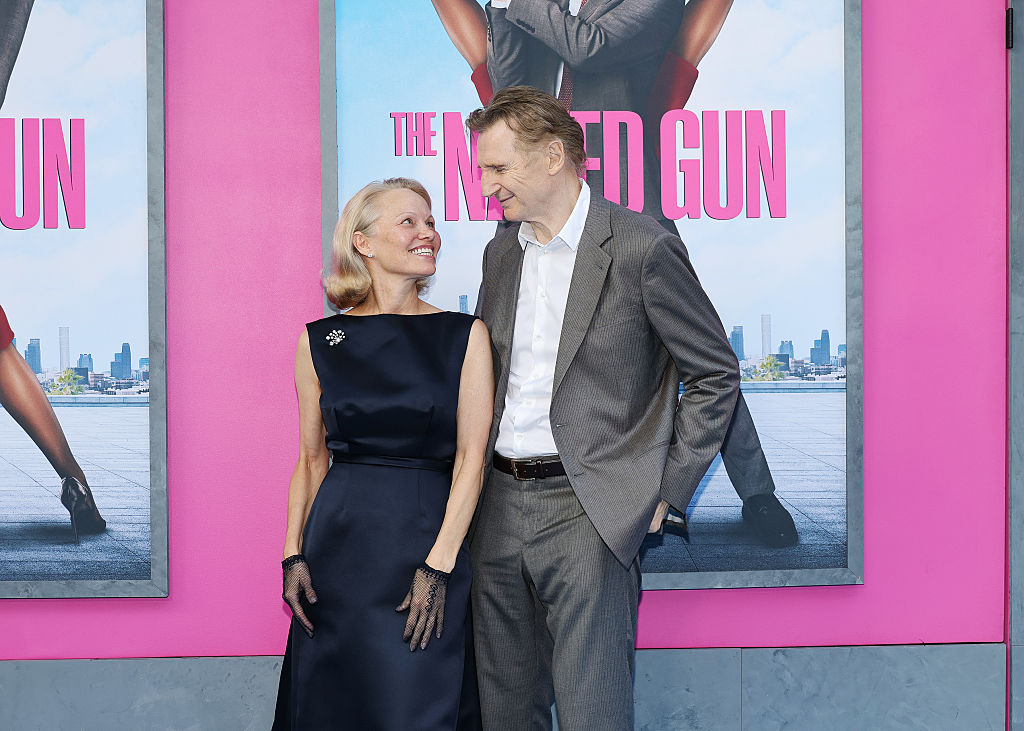


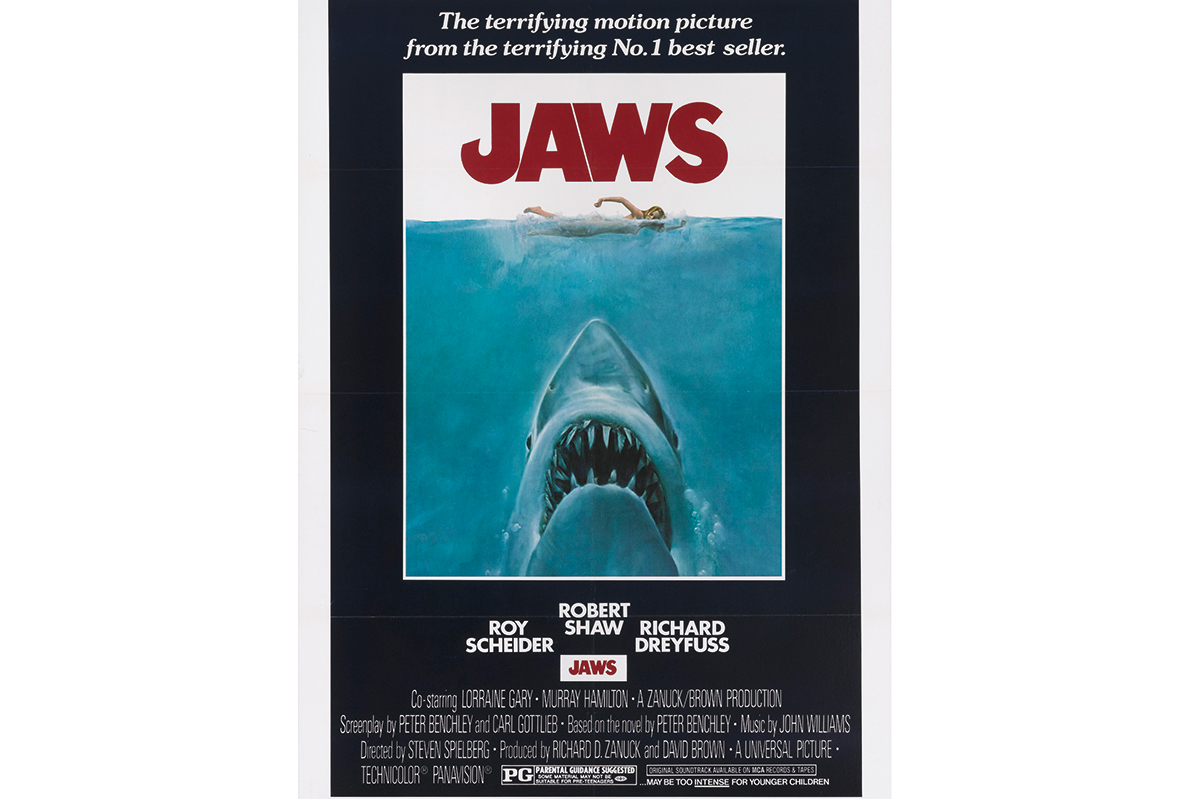

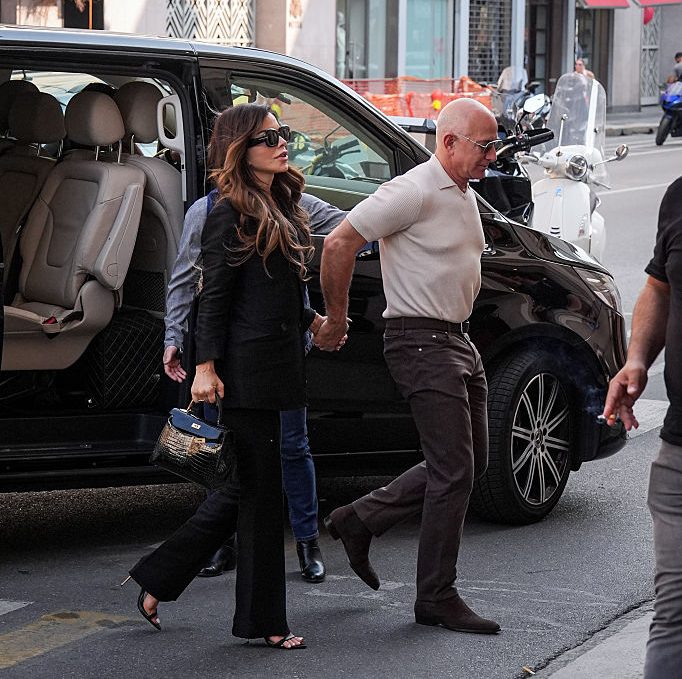

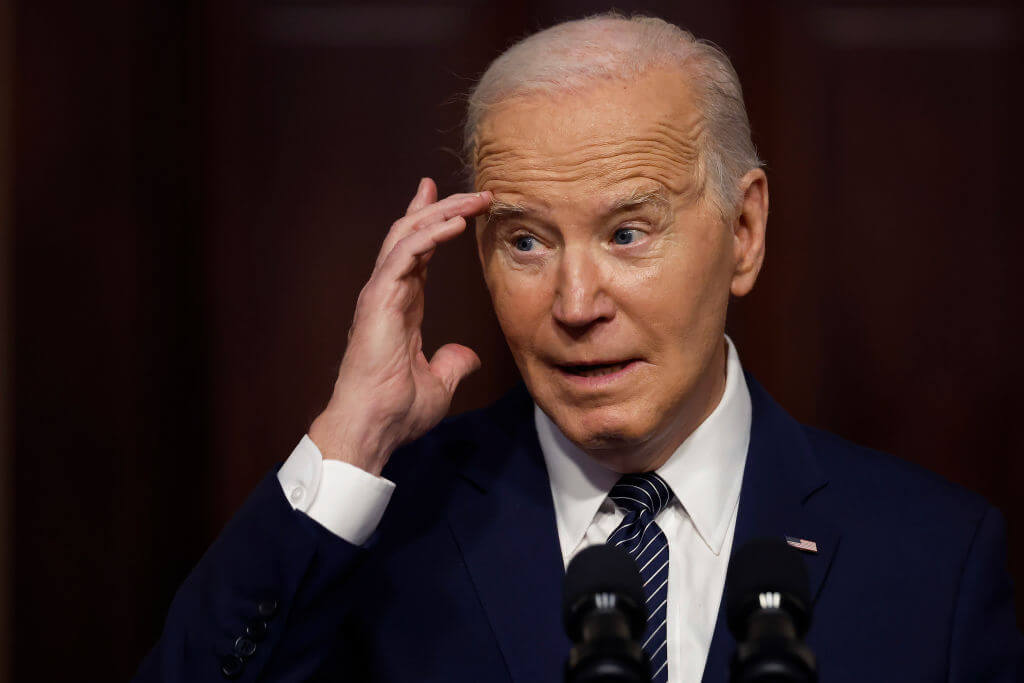


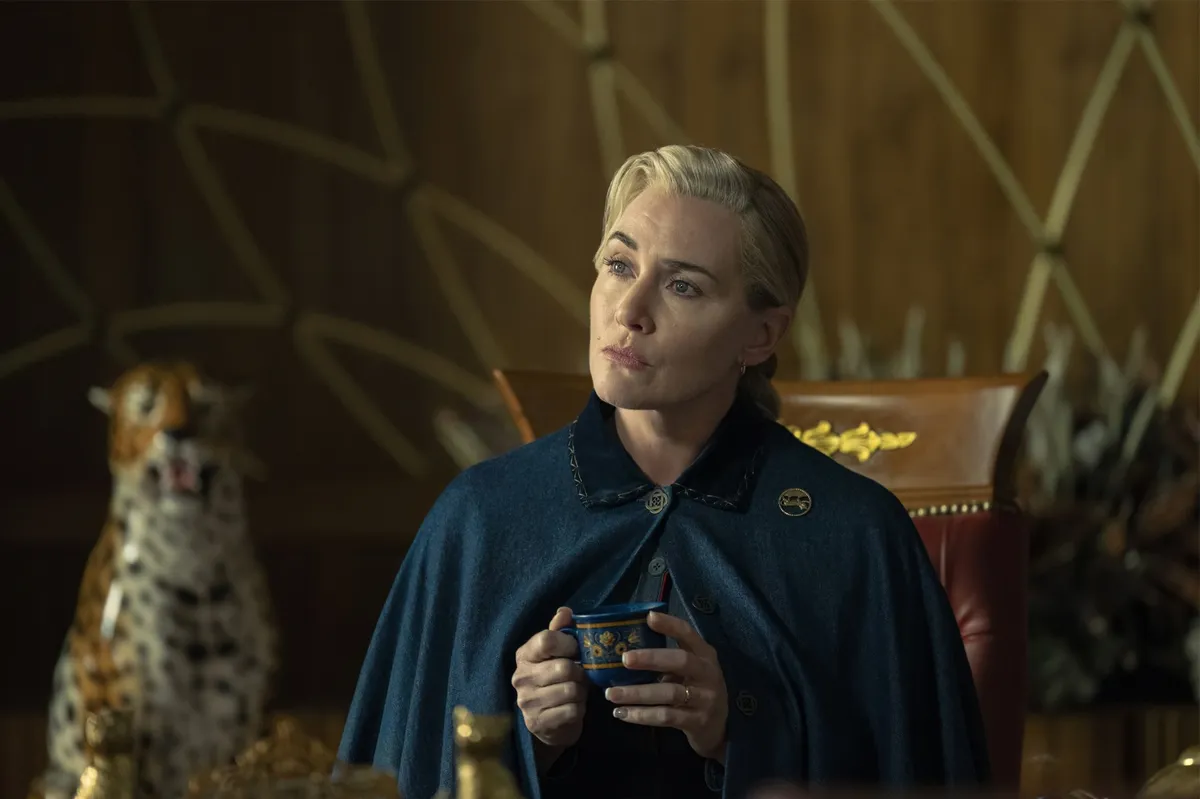
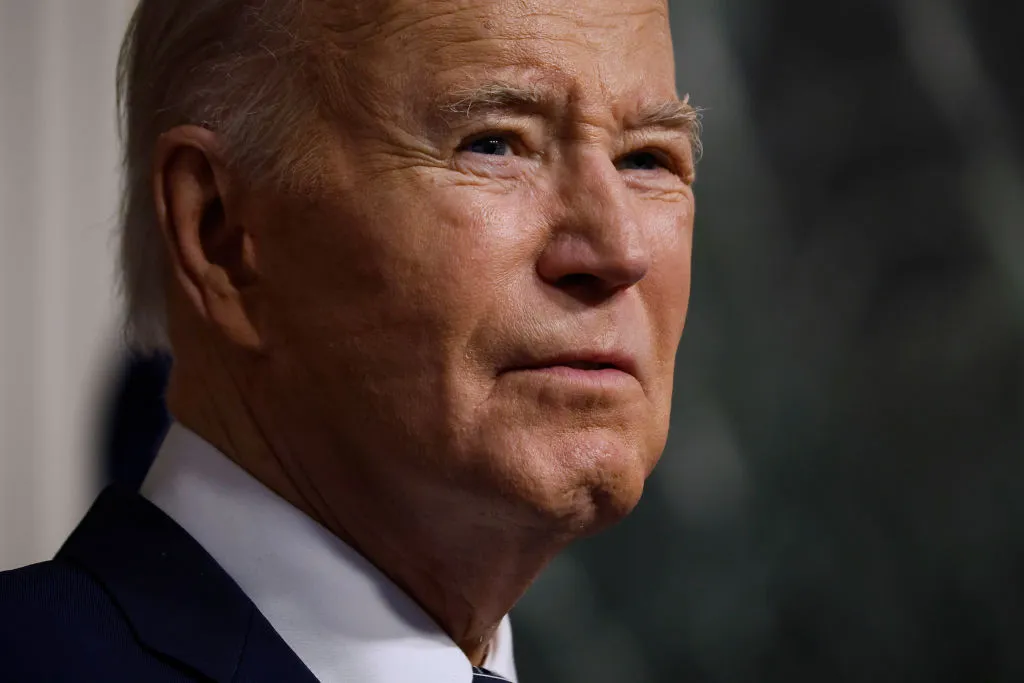

Leave a Reply